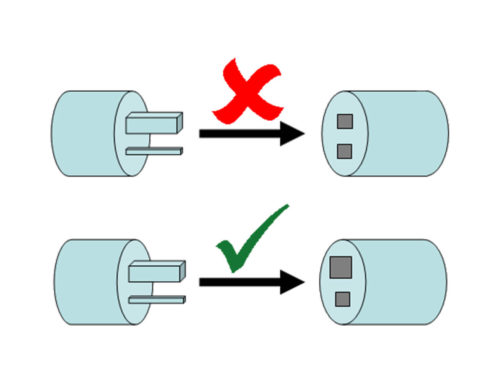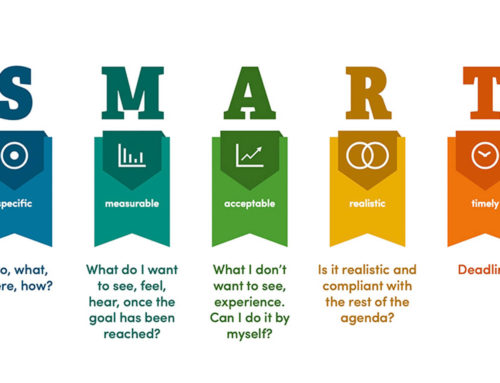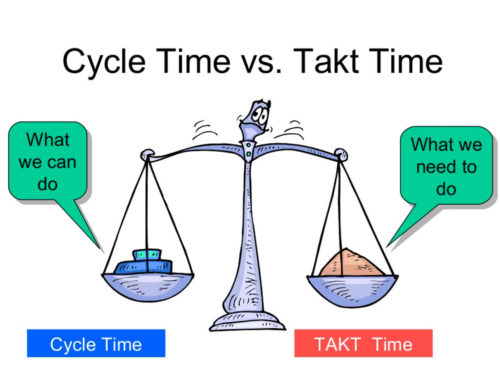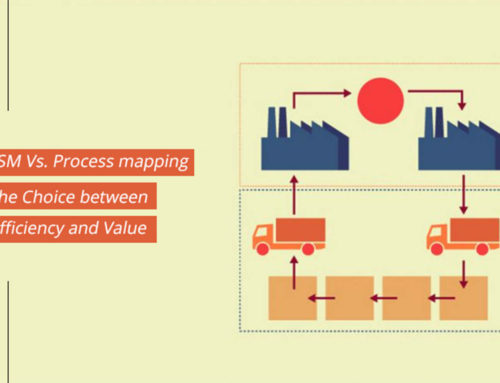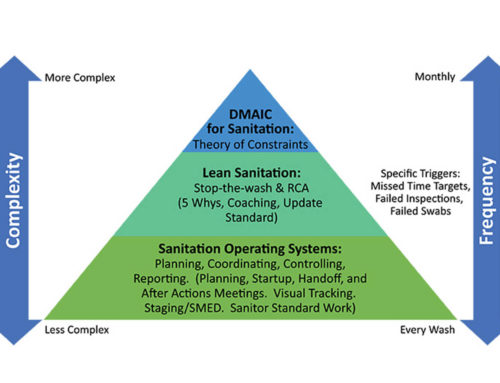A world-class food factory is the one that fulfils all the standards of hygienic food production. A well- designed food factory prevents food product contamination at all levels. Many factors are taken into consideration to develop a sterile food factory such as building site, premises, the barriers, provision of services like light, water, electricity, and building elements that is floors, windows, walls, ceilings, roofs, etc. All the factors must be given attention to build a world-class food factory. For each of the elements, every country has standards that must be followed to make a hygienic food factory.
In this article, we are going to look at the key aspects to design walls in a world-class food factory.
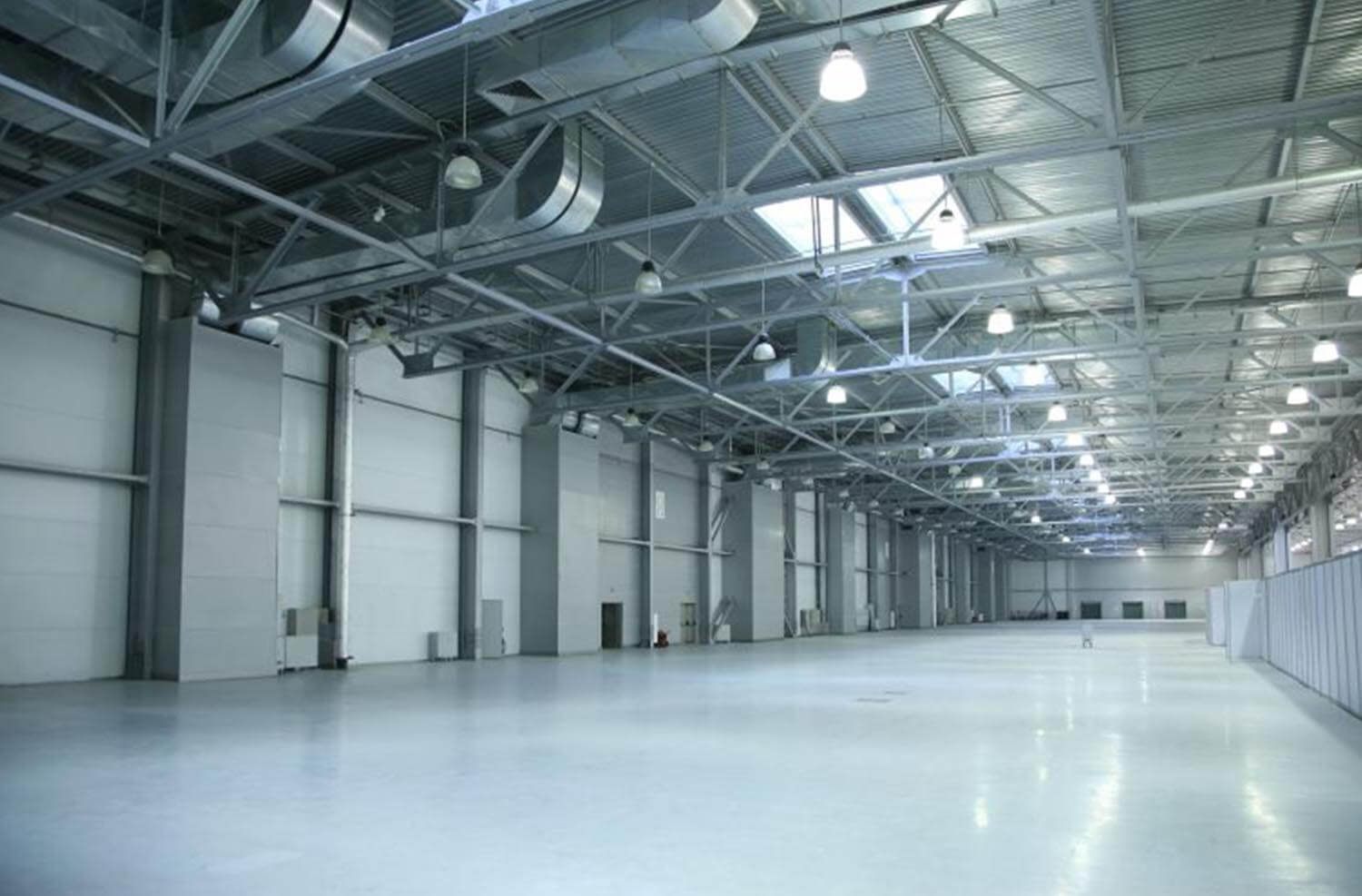 Walls in a world-class food factory
Walls in a world-class food factory
Proper wall construction and appropriate yet protective wall finishes are essential factors to maintain regular hygiene in a food facility.
Let us have a look at the design requirements of exterior walls and interior walls one by one.
Requirements for walls
- The material of the wall must be of concrete, brickwork, plated with steel or sandwich panel depends upon the maintenance and joint re-caulking
- The walls must be weatherproof, rodent, pest, and resistant to moisture migration (non-absorbent)
- The wall’s façade must be coated with finishes that prevent the entry of moisture and dust accumulation.
- The walls must be easy to clean and maintain.
- To avoid the attraction of birds towards the building there must be no horizontal surfaces, i.e., Surfaces with a gradient of ≥45 Degrees is allowed
- Avoid using such decorative pieces that resemble roosts boxes. No overhangs must be used around the building. Along with that use of birds, spikes are preferable.
- Masonry walls must have weep holes fitted with a cover to drain the absorbed moisture.
- Walls for insulation must be capped at top and bottom with rock-wool insulation.
- Openings for piping etc. must be adequately sealed.
- The joints of sandwich panels must be of stainless steel, sealed with food-grade sealant along with a fungicide to avoid fungal growth.
- The walls must be uniform, finished with proper paints and coatings.
In short, a hygienic wall must be properly constructed and installed, free of any cracks, easy to clean, non-absorbent, wear-resistant, durable, flat, uniform, and non-corrosive.
Food facilities must consider the material used for wall construction; it is the primary aspect of a wall design.
Materials for Wall Construction:
Several materials are preferably used in food processing facilities some of them are
Concrete block
Concrete blocks are used in food facilities as wall materials. They are used due to heavy density and non-porosity. If porous must be sealed and free of cracks, the installation must be in a stack bond pattern not in running bond pattern to avoid dust and moisture. Blocks must be capped and without ledges—a nicely sealed wall with a coat of finish aids in cleanability.
Seamless poured concrete
As the names indicate, this concrete is without seams. Hence preferably used because of easy maintenance but must be sealed correctly. The coating of finish and paint enhances ease in cleanability. Fibreglass and epoxy coatings for concrete contributes to durability.
Fibreglass panels
They are the preferred materials for walls in a food factory. Its adequate installation ensures a continuous, uniform, durable, and hard surface that is easy to maintain. If walls extend to floor panels, may face damage due to forklifts, etc.
Glazed ceramic tile
It is the best wall material for wet processing areas in food plants. It is durable and chemical-resistant, which makes it suitable for the dairy and beverage industries.
Some materials like wood are not recommended due to its porous nature and improper sealing issues. Similarly, metal panels (galvanized or stainless steel) is not preferable due to condensation issues. Also, the property of metal expansion and contraction adds to the difficulty in the maintenance of the seams. There are potential chances of zinc flaking and contamination of product and that’s why itis an unacceptable wall material.
Wall construction with proper materials, sealing, and finishing is essential to ensure safe food production in a food factory. Walls of wet and dry processing areas must be designed with appropriate material. And, the coating should be as per standards to meet hygiene morals in a food factory. If a food factory design complies with the quality and hygiene standards, only then it will become a world-class food factory.


